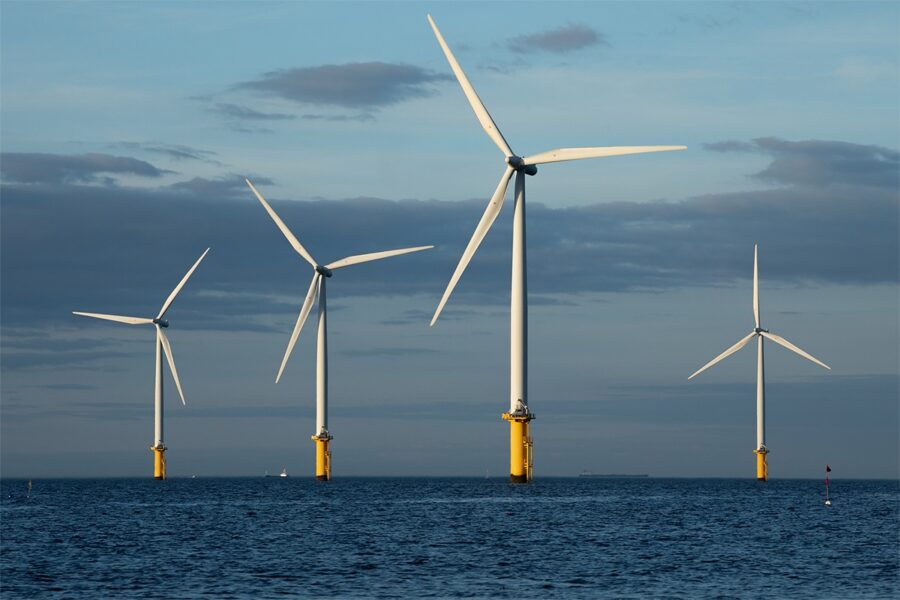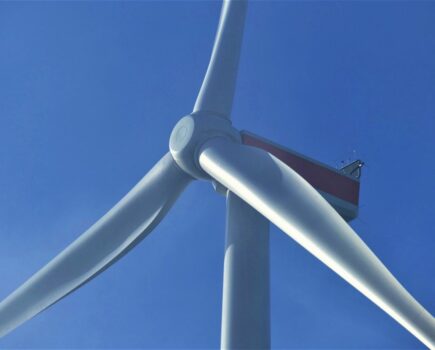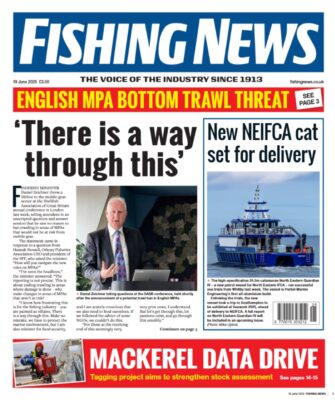Fishermen in Shetland have heavily criticised updated proposals for the development of wind power west of Shetland, which they claim are being rushed through without the consultation promised for such developments.
Shetland Fishermen’s Association (SFA) claims that it had just five working days in which to respond to these proposals, despite the fact that the floating technology that will be needed in the proposed zones, where water depths often exceed 200m, will not even be ready for deployment for many years.
The concerns relate to the Innovation and Targeted Oil and Gas (INTOG) leasing round, under which developers have been invited to apply for the right to build offshore wind farms specifically for the purpose of providing low-carbon electricity to offshore oil and gas installations.
This is a separate development, and consultation process, to the ScotWind rounds of planning and consultation for wind farms to provide electricity to the UK mainland for domestic consumption.
The SFA contends that the fishing catch and effort data for the areas under consideration is fundamentally flawed, using only data from the Scottish trawl fleet, and ignoring the other multiple fishing activity west of Shetland, including seine-netting, gill-netting, lining and pelagic effort.
Also missing is data from non-Scottish UK vessels, which include a significant number of flagships registered into English ports, EU vessels, and historically (and likely again in 2022 if the access negotiations currently underway are successful), Norwegian and Faroese boats.
SFA policy officer Sheila Keith said: “The Shetland fishing industry depends on these rich grounds to the west of the islands for catching, and is hugely concerned that proper assessment of the potential impact of INTOG offshore wind on fishing is not being made.
“While the fishing industry will always support the aim of lowering carbon emissions, the INTOG consultation is being rushed through with scant attention to detail, unlike ScotWind, which involved widespread and detailed consultation.
“These are vast areas, with water depths of up to 200m. Floating wind technologies are in their infancy for those sorts of conditions, and developers readily concede that technological solutions will not be available until after 2030.
“The whole process should be slowed down so that the industry can gather and fully assess fishing data from these areas.
“That way, existing fishing opportunities and activities can be safeguarded as required in the National Marine Plan.”
The Scottish Fishermen’s Federation (SFF) has likewise raised its concerns. SFF fisheries policy officer Malcolm Morrison said in a written response to the proposals: “The process which defined the ScotWind plan took more than two years to reach the final version, so we must ask why the INTOG areas, which are not part of the Sectoral Plan, are being so obviously fast-tracked.
“The lack of stakeholder engagement in the INTOG story is incredible, and totally against the principles agreed for ScotWind, which has led inevitably to the choices west of Shetland being on ground considered by local fishermen and others.”
This story was taken from the latest issue of Fishing News. For more up-to-date and in-depth reports on the UK and Irish commercial fishing sector, subscribe to Fishing News here or buy the latest single issue for just £3.30 here.








